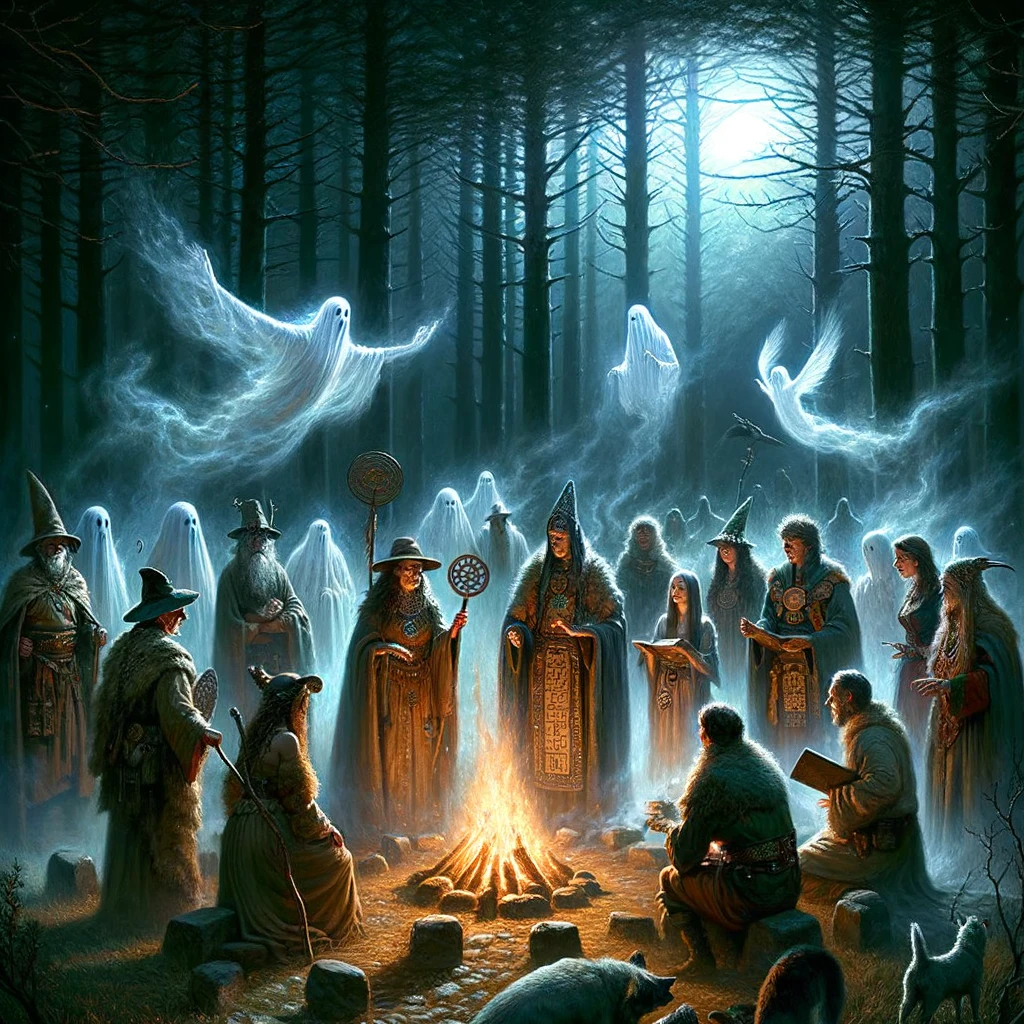Samhain, an ancient Celtic festival, marks what many consider to be the beginnings of Halloween. Held on October 31st, it was a time when the Celts believed the veil between the worlds of the living and the dead thinned, facilitating interaction with the spirits. These supernatural beliefs and practices have seeped into modern Halloween traditions, providing a fascinating glimpse into human culture and our enduring fascination with the beyond.
Communicating with the Spirits
During Samhain, it was believed that spirits roamed the earth. The ancient Celts felt these spirits could be sources of guidance and prophecy, leading to the practice of divination. This form of seeking knowledge of the future or the unknown by supernatural means often involved rituals and games, many of which have transformed into the games played at today’s Halloween parties.
Divination and Modern Echoes
One popular form of divination involved the use of apple peeling. The Celts believed that if you could peel an apple in one go and throw the peel over your shoulder, the shape it landed in would reveal the initial of your future spouse. Today, similar games, albeit less mystically inclined, are played at Halloween gatherings, showcasing the lighter, more entertaining facets of these ancient customs.
The Role of Costumes and Bonfires
Costumes and bonfires, central to modern Halloween celebrations, also have their roots in Samhain traditions. The Celts wore costumes, often made from animal heads and skins, to disguise themselves from spirits, a practice that has evolved into the fun and sometimes spooky costumes worn today. Bonfires were lit to protect against evil spirits, a practice that is echoed in the luminous jack-o’-lanterns that adorn doorsteps each Halloween.

As we light our jack-o’-lanterns and don our costumes each October 31st, we are participating in a centuries-old tradition that stretches back to the ancient Celts and their supernatural practices. These customs remind us of our ancestors’ deep relationship with the spiritual world and their attempts to understand and influence it.
